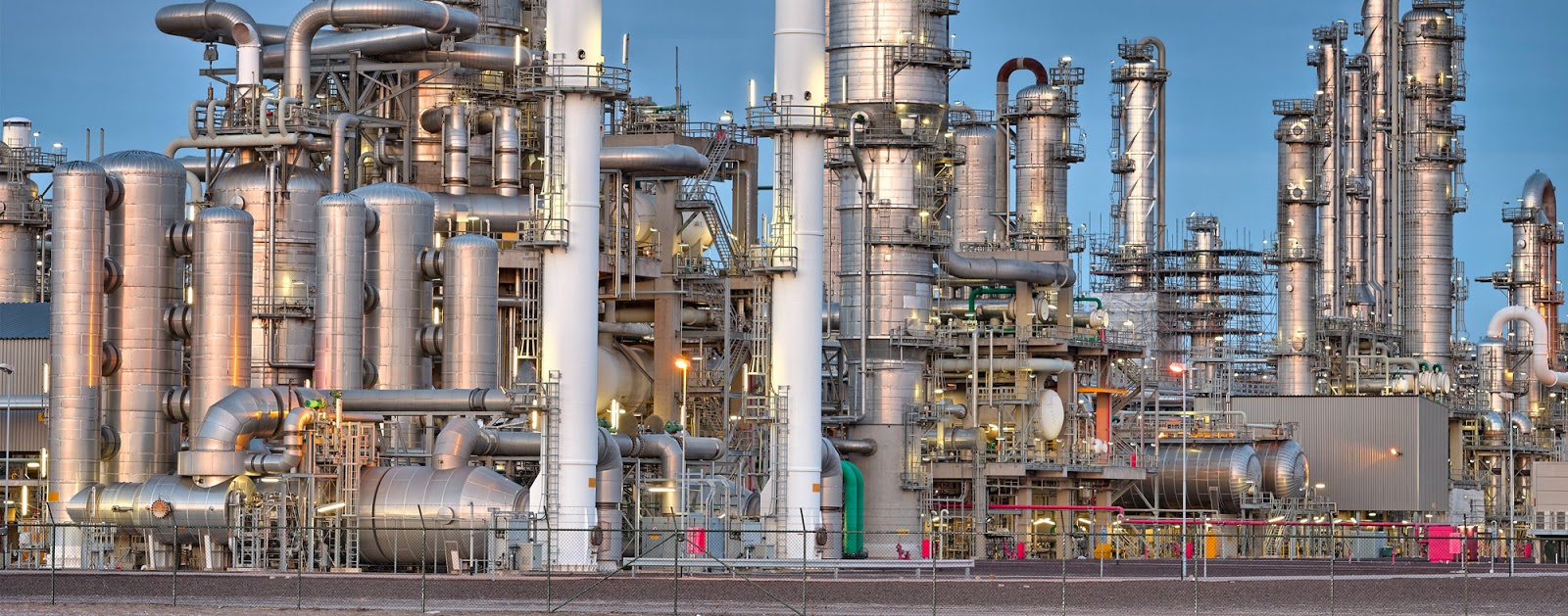Types of Petroleum Refinery - Complexity/Configuration

An oil refinery or petroleum refinery is an industrial process plant where crude oil is processed and refined into more useful products such as liquefied petroleum gas, gasoline or petrol, kerosene, jet fuel, diesel oil and fuel oils. Each petroleum refinery is uniquely configured to process a specific raw material into a desired slate of products. In order to determine which configuration is most economical, engineers and planners survey the local market for petroleum products and assess the available raw materials. Following are the petroleum refinery types/configurations used worldwide. Topping Refinery: The topping refinery just separated the crude into its constituent petroleum products by distillation, known as atmospheric distillation. Topping refinery produces naphtha but no gasoline. Schematic of Topping Refinery Hydroskimming Refinery: The hydroskimming refinery is equipped with atmospheric distillation, naphtha reforming and necessary treating proc


